Axon's Automotive Anorak: Crushing the Beetle
A couple of weeks ago Volkswagen’s vast global PR army pulled off a major coup. At a time when the late summer ‘silly season’ for ‘no news’ news had come to an end, and most of the actual news, fake or otherwise, was too depressing to digest – from the latest Brexit disaster to yet another ridiculous Trump tweet – VW captured an astonishing number of headlines and airtime with the announcement that production of the current-generation Beetle would come to an end in 2019.

In the great scheme of things, this Volkswagen news was not really news at all, as the Beetle had become an irrelevance in the ever-changing worldwide new car market some time ago.
I heard Volkswagen’s none-news news about the cessation of Beetle production in Mexico next year on my car radio in the very early hours of the morning on the BBC World Service, driving back home from an enjoyable night out in London. The VW announcement actually made one of the BBC’s headline-grabbing ‘bongs’, the news seemingly being that important.
To the many Beetle fans dotted around the world, this news possibly was important, and quite unwelcome, but to me as a life-long car guy who has never really understood the appeal of the bug-shaped VW, the announcement caused me to shrug my shoulders at best and think: ‘not before time’.
From the alternative Beetle-mania of the 1960s in the USA, where the VW was the best-selling imported car for most of the decade, last year American sales of the current, third-generation Golf-based model plummeted to just 16,000 units, as consumers shunned the bulbous motorised retro blob in favour of more modern cross-overs and SUVs.
As you may have already seen, my GRR colleague Bob Murray wrote a piece in praise of the Beetle here recently, glorying in the diversity and popularity of the car. My view, however, is rather less charitable – to me the Beetle has always been one of the real mysteries of the motoring world. Granted, the model was reasonably well made, and the car could float, but beyond that, its supposed charms have always been lost on me, which I’m sure will mystify, or possibly even antagonise a number of you Beetle fans reading this.
The original rear-engined, air-cooled KdF Type 1 (as the VW Beetle was originally known), developed under Hitler’s command as a Tatra rip-off before the second world war, and conning the impoverished German public to buy savings stamps for the car which they never actually took delivery of, seemed quite modern for the late 1930s.
The model didn’t age well though and was already an engineering antiquity by the time the British Army-led restart of production post-war under Major Ivan Hirst got underway. Famously, Rootes (plus other British automotive authorities), assessed the VW and dismissed it as "the vehicle (that) does not meet the fundamental technical requirement of a motor-car… it is quite unattractive to the average buyer… To build the car commercially would be a completely uneconomic enterprise."
From a slow starts in the late 1940s, VW sales gradually grew in the model’s domestic market, as most war-ravaged Germans couldn’t afford even a battered pre-war used car, never mind a brand new home-built Mercedes-Benz, Borgward or DKW, so with the alternatives being either a motorcycle/sidecar combo, or one of the nasty little microcars that flourished in post-war Germany (BMW Isetta and Heinkel bubble cars, etc.), the Beetle found a ready market with little direct competition.
That the model proved to be such a success in export markets, particularly the USA, is less understandable. The Volkswagen was better built and arguably more dependant than Detroit’s heavy iron, but the car’s performance was pathetic, its handling unpredictable and potentially dangerous in inexperienced hands, plus its engine was noisy and the spartan interior and luggage space way too cramped.
For us Europeans, blessed with a wider choice of small, economy family cars, the Beetle lacked the packaging genius and fun of a Mini, the honesty of a Morris Minor, the engineering integrity and originality of a 2CV and the brio of a Fiat 500. Sure, it was better screwed together than any of these rivals, but otherwise, unless you were a beardy weirdy geography teacher with no interest in cars and the joy of driving, why would anyone chose the VW over its considerably superior rivals?
It’s a question that has always stumped me, as in most aspects, the Beetle was an utter horror of a car with few redeeming qualities, so how on earth did it become such a success? A degree of simplicity and dependability have to be the main reasons I guess, as it’s certainly not rewarding to drive, and is slow, noisy and uncomfortable, with little in the way of practicality or style. Yet people the world over loved, and still love, them! Why?!
Okay, the Beetle did spawn beach buggies, the Karmann-Ghia (acceptable to look at, but disagreeable to drive and as sporty as a kettle) and the Jeep-style 181 Trekker (appropriately called The Thing in America), the latter derived from the sinister war-time Kublewagen, so that’s a trio of positives straight away!
As a kid, the Herbie movies (there, I’ve mentioned it) had a certain charm as well, as did the very (perhaps too) Germanic Bauhaus styling of the earlier models, before the more bloated and increasingly irrelevant later derivatives such as the 1302 and 1303 were launched. By the time Beetle production ended the first time around in Mexico in 2003, the rear-engined model was a complete anachronism which should have been put out of it to pasture decades earlier.
By this time, however, Volkswagen had introduced the New Beetle in 1998 – a neo-retro homage to the Type 1 original – but finally (and thankfully) with the engine and driving wheels moved to the correct end of the car; the front. Based on the modern running gear of the contemporary VW Golf, the New Beetle was an instant hit, although like its forefather, the model was left wanting in many key areas, too expensive and simply outclassed by most of its contemporary rivals.
When buyers soon realised that the New Beetle was a real case of style over substance, sales dropped away rapidly, although not enough to convince VW to build a second-generation New Beetle, with a reprofiled lower roofline and arguably a better car all round. This newer model never enjoyed the success of its predecessor though, hence production drawing to an end next summer, earlier than originally anticipated.
So, RIP to the Beetle, and Volkswagen, please, please, let the model enjoy a very long sleep and never revive it again. Me, Top Gear, Clarkson, plus countless other motoring enthusiasts the world over, will thank you for it. For those who do oddly admire this automotive “legend”, there are more than enough examples left on the planet, coughing, spluttering and polluting the atmosphere, to satisfy their demand. Just don’t count me in as being one of them, as I’d rather walk, thanks all the same.
Axon's Automotive Anorak
Volkswagen
Beetle





